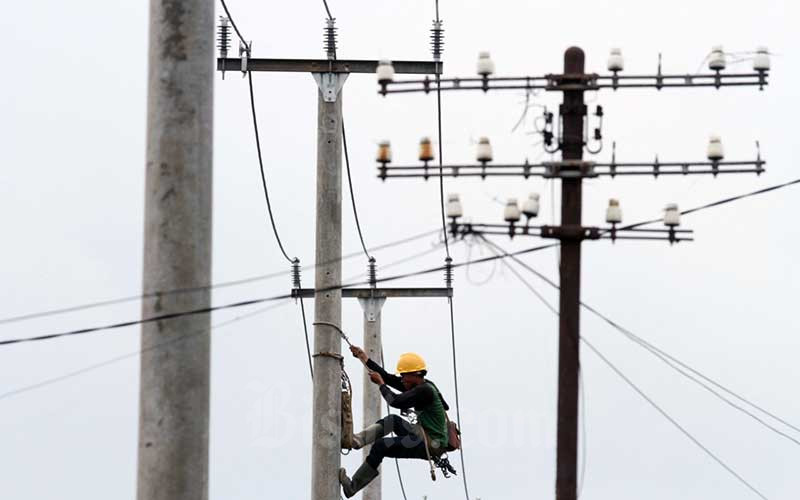[ad_1]
By Jarryl Bryan

The Organisation of the Petroleum Exporting Countries (OPEC) and allies, including Russia, known as OPEC+, have been implementing voluntary cuts to their oil production. However, the effects of these cuts on the global stage are being curtailed by oil producers, including Guyana.
This is according to the International Monetary Fund (IMF), in its latest World Economic Outlook. OPEC, which is made up of 14 countries but is dominated by Saudi Arabia, usually agrees among its membership on cuts to their respective oil production in an effort to regulate global oil prices.
The extension of such an agreement for the second quarter of 2024 was announced in March of this year. Despite this, however, the IMF noted that these cuts are being offset by oil production in non-OPEC countries such as Guyana, the United States, and Brazil at a time when Middle East tensions, including the threat of full-fledged conflict between Israel and Iran and the ongoing conflict in Palestine between Israel and Hamas, could have driven up oil prices.
“Oil prices decreased despite Middle East tensions. After breaking US$95 a barrel in late September, oil prices decreased by 4.2 per cent between August 2023 and February 2024, when they stood at a monthly average of US$80.70. On the demand side, weaker expectations about global demand growth have contributed to downward price pressures.
“On the supply side, the implementation of output curbs by OPEC+ was more than offset by strong output growth in Iran and non-OPEC countries, led by the United States, Brazil, and Guyana,” the IMF explained in the report.
The oil-rich Stabroek Block, where Guyana’s oil is being produced, is 6.6 million acres (26,800 square kilometres). Exxon, through its local subsidiary Esso Exploration and Production Guyana Limited (EEPGL), is the operator and holds 45 per cent interest in the Block. Hess Guyana Exploration Ltd holds 30 per cent interest, and CNOOC Petroleum Guyana Limited, a wholly-owned subsidiary of CNOOC Limited, holds the remaining 25 per cent interest.
Guyana is among the leading non-OPEC countries in terms of oil production. And with Guyana’s oil production expected to climb well above 1.3 million barrels per day beyond 2027, this nation would become the single largest non-OPEC contributor to global supplies.
The Liza Phases One and Two and Payara projects, which combined are producing over 600,000 barrels of oil per day, account for the three Floating, Production, Storage and Offloading (FPSO) vessels operating in Guyana’s offshore Stabroek Block – the Liza Destiny, Liza Unity and Prosperity.
The third project – the Payara development – targets an estimated resource base of about 600 million oil-equivalent barrels, and was at one point considered to be the largest single planned investment in the history of Guyana.
Meanwhile, the Yellowtail development, which will be Exxon’s fourth development in Guyana’s waters, has an anticipated start-up of 2025. The Uaru oil development, which will be the fifth one for the company, is targeting between 38 and 63 development wells, including production, water injection, and gas re-injection wells.
Exxon had previously made known that first oil from the Uaru development is anticipated by late 2026 or early 2027.
The Yellowtail and Uaru developments are anticipated to contribute 250,000 barrels of oil each following their respective start-ups.
An application for the sixth development, the Whiptail Project, was only recently approved, after it was submitted by the Stabroek Block operator and its co-venturers. This project will see Guyana producing just over 1.2 million barrels of oil per day by 2027.
In addition to these six projects at a minimum offshore Guyana which Exxon anticipates will be online by 2027, it is eyeing the possibility of having 10 FPSOs operational by 2030. (G3)
Read More Interesting Content
[ad_2]
RPT





